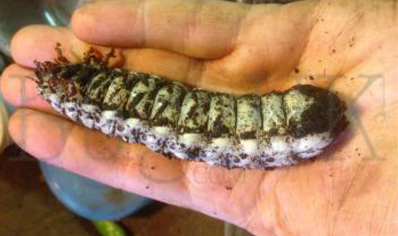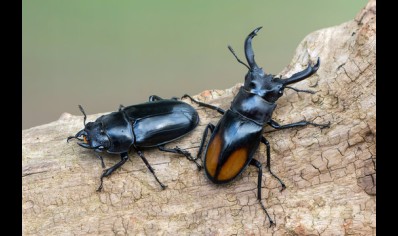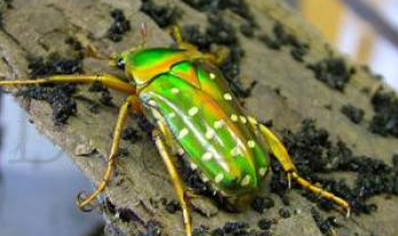- Kingdom: Information not available
- Phylum: Information not available
- Class: Information not available
- Order: Information not available
- Family: Information not available
- Genus: Information not available
- Species: Information not available
Beetles: Prosopocoilus Blanchardi
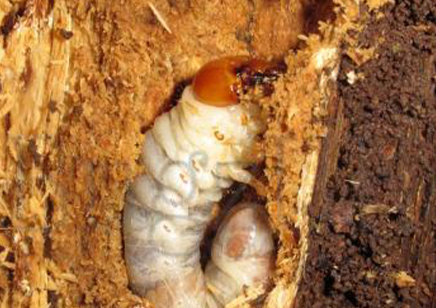
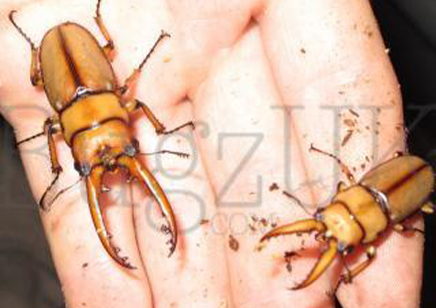
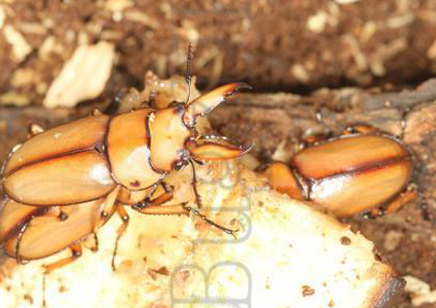
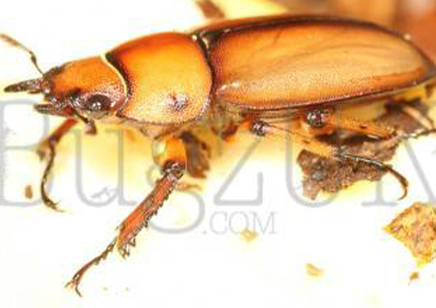
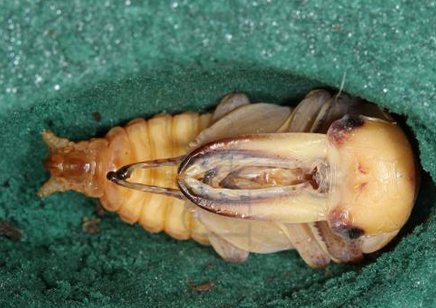
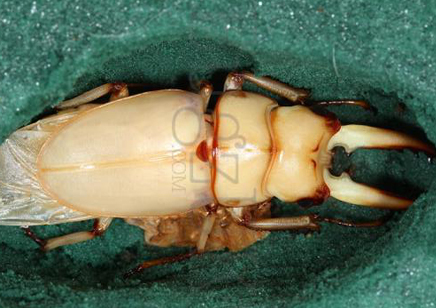
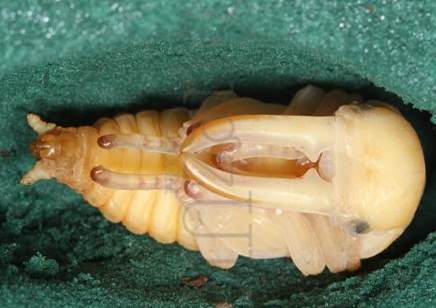
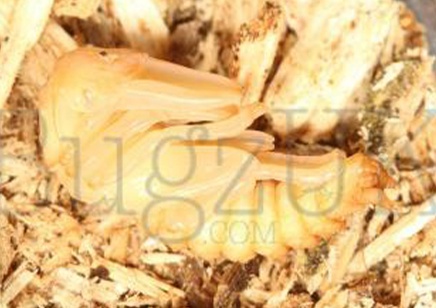
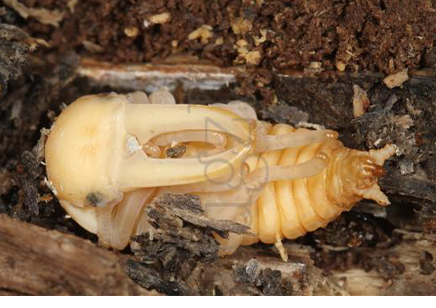
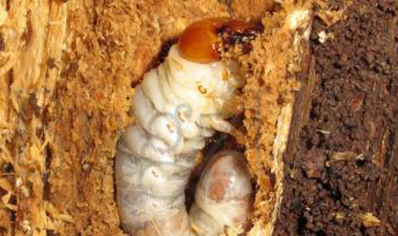
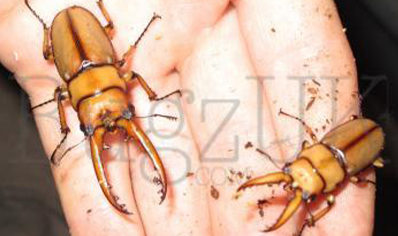
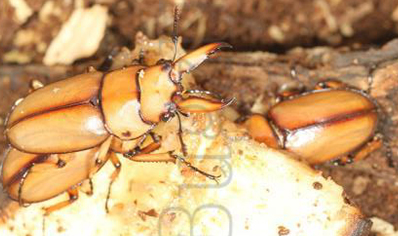
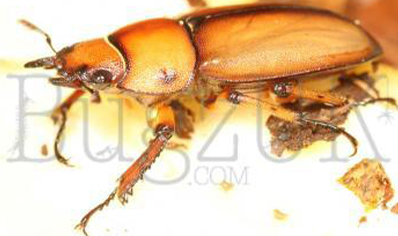
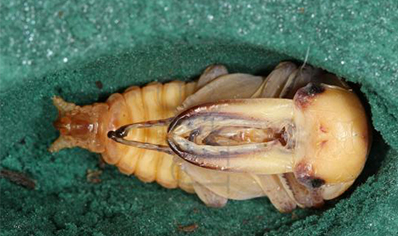
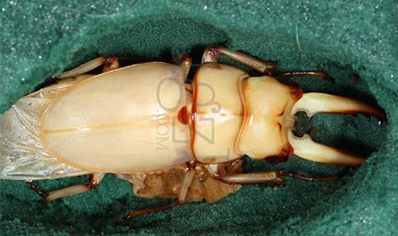
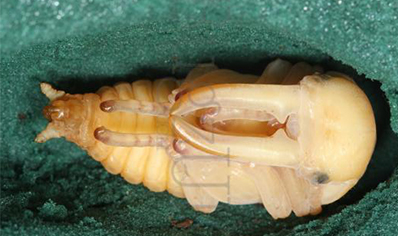
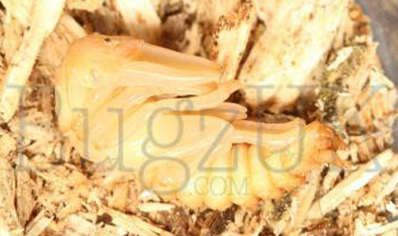
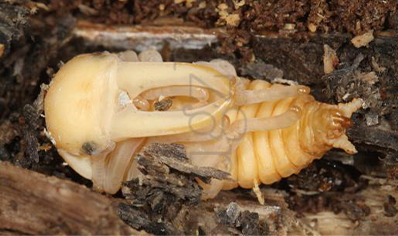
Order Now!
All payments are made through a secure payments system click here for more information.
Prosopocoilus Blanchardi...Caresheet and many photos by Simon Johnson
This diminutive yet amazing stag beetle is an ideal subject for the knowledge hungry individual that hasn�t got a spare three years to wait for an adult to emerge. These dainty little critters have a great life cycle that is often concluded in under a year. I always recommend a trio rather than a pair, this give you more chance of successful egg laying. Contrary to what has been written I house my Blanchardi in with soft decayed wood, this being oak. By soft decayed I mean wood that you can split with your hand. I soak the wood for several hours prior to use and them bring indoors to acclimatise it to the temperature that I will use for the stags. I feed either banana or beetle jelly to the adults, but sprinkle a few fish flakes on to give the females a dash of protein. I also ensure that there's plenty of invertebrates in the stags enclosure so the females have a choice of food should they wish to snack. I use a 19 litre Really useful Box, stacking the wood up to within a couple of inches of the top, then fill the gaps with leaf humus so that there�s only really one log visible. Then leave them to it. Hopefully our male is something of a lothario and he does his job in the boyfriend department. Once mated our females will continue to be 'guarded' by the male and they will soon start laying eggs in the wood. At room temperature 20-25 degrees the eggs develop rapidly, soon hatching into tiny larvae, but these grow fast soon reaching L3, the female larvae being slightly smaller than the males. Once ready for pupation the larvae hollow out a pupal chamber and here they shed their larval skin and harden into a pupa. Watching this happen is one amazing experience. But how do I watch this happen when they are buried in deep wood? Well, I transfer my larvae after a few months of growing into a jam jar with highly compressed damp shredded oak. When the larvae are making a cell they invariably choose to position themselves next to the glass making for a perfect window into the amazing world of the stag beetle. Some three or four weeks after pupation an adult beetle emerges and stays in their cell hardening and maturing until they feel the time is right to head out and find a mate. The cycle continues. Obviously the beetle cannot break through the glass so I transfer them into another breeding tub after giving them 10 days to harden enough to avoid damage.

